Using Patient Education Videos to Support Preventive Care Strategies
As a healthcare provider, you know prevention saves lives. From routine screenings and lifestyle counseling to vaccinations and early detection,...
7 min read
Robert McDermott Feb 22, 2024 12:30:00 PM
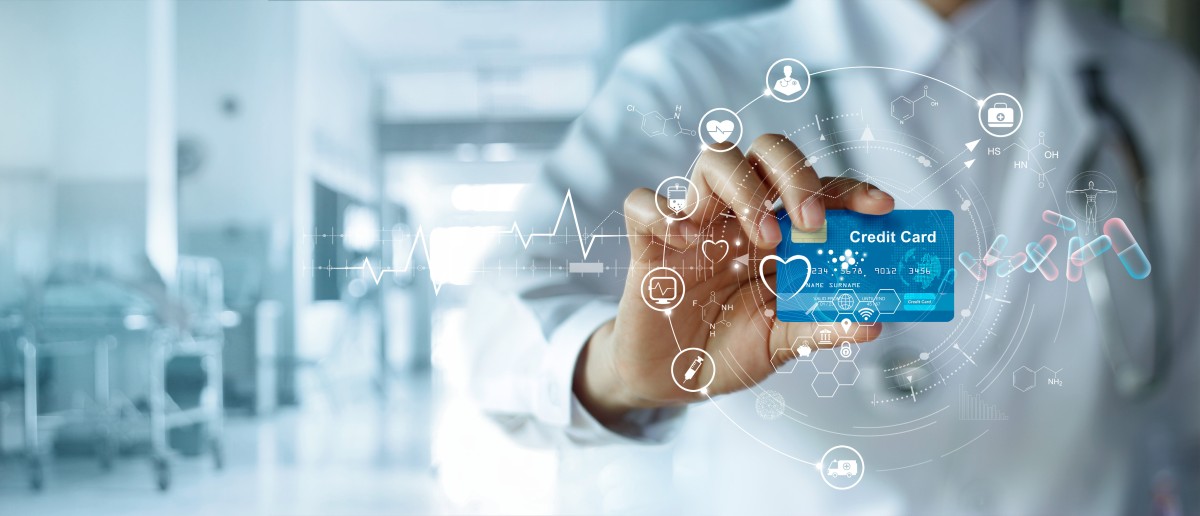 Gone are the days of reliance on paper checks and paper money. Increasingly, these days, your patients are used to digital methods to handle bills and payments.That means that regardless of the size of your practice, you are responsible for providing secure methods for their healthcare payments. Whether you take credit cards in person or by phone, or offer an online payment portal, you need to have a full understanding of healthcare payment security requirements.
Gone are the days of reliance on paper checks and paper money. Increasingly, these days, your patients are used to digital methods to handle bills and payments.That means that regardless of the size of your practice, you are responsible for providing secure methods for their healthcare payments. Whether you take credit cards in person or by phone, or offer an online payment portal, you need to have a full understanding of healthcare payment security requirements.
Quick Links:
If you’re like most healthcare practices, you likely see all kinds of payment methods, but a majority of patients use credit cards to pay their healthcare bills as evidenced by the growing number of individuals dealing with credit card debt related to medical bills.
Still, when it comes to everything from co-pays to past due bills, credit cards are what your patients are relying on to cover costs. Given the prevalence of this payment type and our reliance on digital information, communication, and payments, understanding healthcare payment security is essential.
Healthcare payment security includes the measures and protocols to safeguard sensitive financial information. This means protecting patient payment data–such as insurance details, credit card numbers, and billing information–from unauthorized access, theft, or misuse.
With increasing reliance on electronic health records (EHR) and online payment systems, along with the increasing threats from cybercriminals looking to steal and exploit information, healthcare payment security is essential to building patient trust as well as meeting regulatory standards like HIPAA. Attention to healthcare payment security helps mitigate the risks associated with potential breaches or fraudulent activities.
We tend to think of Electronic Protected Health Information (ePHI) as sensitive health-related patient data, including medical history and treatment records. However, billing information also includes identifiers that count as ePHI, e.g. name, address and social security number.
Securing ePHI is essential to HIPAA compliance and, when it comes to healthcare payment systems, ePHI safeguards are vital for preventing unauthorized access, data breaches, and fraudulent activities.
As with other HIPAA safeguards, payment security must include robust encryption, access controls, and regular audits to safeguard ePHI. While HIPAA provides security guidelines, protocols, and regulations for ePHI, the payment industry, specifically credit cards, have their own security requirements.
HIPAA compliance is essential for healthcare providers, but so is an understanding of Payment Card Industry Data Security Standard (PCI DSS) compliance. PCI standards safeguard sensitive financial information and protect both your patients and your practice from potential security breaches. PCI DSS sets the standard for handling payment card data securely, ensuring that all entities involved in payment card processing maintain a secure environment.
To start, healthcare providers must familiarize themselves with the various requirements of PCI DSS including maintaining a secure network, implementing strong access control measures, regularly monitoring and testing networks, and maintaining an information security policy.
Similar to other healthcare data and HIPAA compliance, PCI DSS compliance requires the protection of cardholder data throughout its lifecycle. Like other measures to protect sensitive data, it includes encryption of data during transmission and storage, as well as implementing stringent access controls to limit availability of sensitive data only to authorized personnel.
And, similar to HIPAA compliance and medical coding, PCI DSS requirements are ever evolving. Staying on top of updates and changes is essential to maintaining compliance. As the landscape of cybersecurity evolves to new threats, PCI DSS standards may be revised to address emerging risks and vulnerabilities.
Healthcare providers must therefore remain vigilant in their efforts to stay compliant, regularly assessing their systems and processes to ensure alignment with the latest industry standards. To do so requires a comprehensive understanding of PCI DSS and, for many HCPs, that is another administrative task, another cost of doing business, that adds to an already heavy workload.
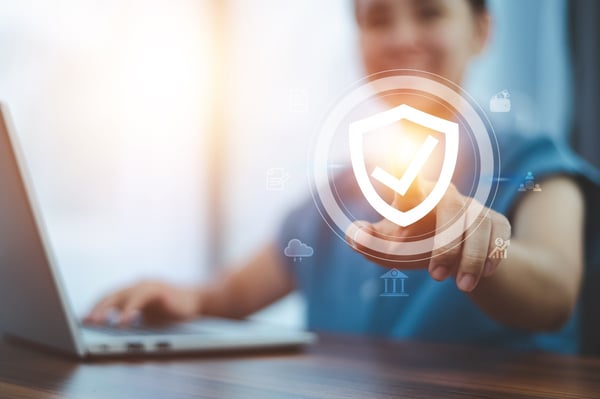 HIPAA's Role in Healthcare Payment Security
HIPAA's Role in Healthcare Payment SecurityOne of the primary requirements of HIPAA compliance is the Privacy Rule, which establishes national standards to protect individuals' medical records and other personal health information. This includes safeguards for payment information related to healthcare services. Under the Privacy Rule, healthcare providers, health plans, and clearinghouses must implement measures to protect the confidentiality, integrity, and availability of payment data.
Further, HIPAA's Security Rule works in conjunction with the Privacy Rule by setting forth specific requirements for the security of ePHI, including payment information. Healthcare organizations including medical and dental practices, and their business associates, through business associate agreements (BAA), are mandated to implement administrative, physical, and technical safeguards to prevent unauthorized access, use, or disclosure of ePHI. These safeguards are equally crucial in safeguarding payment data against cyber threats and breaches.
When it comes to healthcare payment security, compliance with HIPAA regulations helps protect patients' sensitive payment data while fostering confidence for everyone involved in the healthcare payment process. Overall, HIPAA and PCI DSS serve as cornerstones in safeguarding healthcare payment security.
As with any technology, security remains paramount. Healthcare payment security is crucial for not only staying compliant with regulations but also safeguarding patient information and ensuring the integrity of transactions. Even with regulations in place, however, challenges to that security exist. Among the challenges:
1. Data Theft Risks- The healthcare sector is a prime target for cyberattacks, not only due to the vast amount of valuable data involved in healthcare transactions, but also because the healthcare industry is known for data vulnerabilities. As such, cyber attacks and data breaches are a significant threat.
2. Lack of Standardization- Simply put, there are no uniform payment security standards across the healthcare industry and this leads to inconsistencies in implementation. As a result, healthcare teams may find it difficult to effectively mitigate risks.
3. Insider and Fraud Threats- No industry is immune from insider threats and fraud. Employees with access to sensitive financial and patient data can pose a significant risk if they misuse their privileges or fall victim to social engineering tactics. In fact, healthcare billing is susceptible to billing fraud, identity theft, and fraudulent insurance claims, all of which can result in financial losses and reputational damage for providers.
4. Legacy Systems- Many healthcare organizations still rely on outdated payment systems and technologies that lack robust and up-to-date security features designed to thwart cyberattacks. Your security is only as strong as the latest security update or patch.
5. Compliance Requirements- We mentioned these and they can be tough, especially without an IT team or the expert staff to manage your tech stack and networks. Not only does staying compliant involve staying up-to-date with changes, but it also requires an investment of both time and money.
Addressing these challenges requires a comprehensive approach that encompasses technological solutions, employee training, regular assessments of security protocols, and collaboration with industry experts to establish and maintain robust payment security standards.
Much like the security measures you employ for HIPAA compliance and data security, payment security technology includes a range of tools and protocols that safeguard financial transactions from fraudulent activities and unauthorized access.
These technologies employ various security methods such as encryption, tokenization, biometrics, and multi-factor authentication to ensure the confidentiality, integrity, and authenticity of payment data.
Together, these technologies play a crucial role in safeguarding healthcare payments and can help healthcare practices avoid the consequences of lax security. However, mastering any of these as well as maintaining all other aspects of a medical or dental practice can be overwhelming.
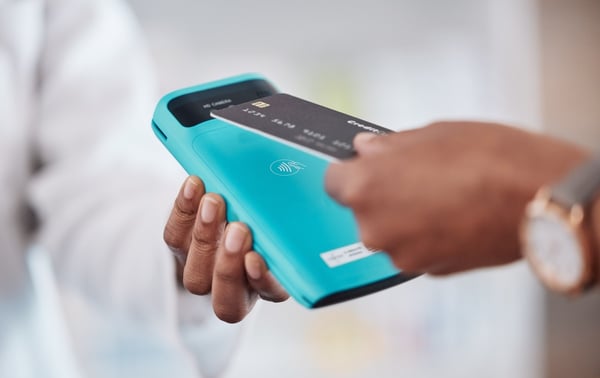 Tips for Managing Healthcare Payment Security
Tips for Managing Healthcare Payment SecurityWhen it comes to financial and healthcare data, your practice is handling an individual’s most vulnerable and sensitive personal information. How can you and your staff best manage the challenges? Here are a few strategies to help you mitigate the risk associated with payments, stay compliant with regulations and build confidence with your patients.
1. Implement Secure Payment Processing Systems. Invest in secure payment processing systems that comply with PCI DSS and HIPAA. These systems should encrypt payment data during transmission and storage to prevent unauthorized access. While an initial operational expense, it’ll potentially save you much larger costs in the long run and take the burden of compliance off your shoulders.
2. Regularly Update Software and Systems. Keep your software, operating systems, and security patched and up-to-date to address vulnerabilities promptly. Outdated software can be exploited by cybercriminals to gain unauthorized access to payment systems. Again, working with a payment processor experienced in the needs of healthcare payments can help ensure this part of your practice is secure.
3. Conduct Security Training for Staff. We know time is tight, but one of the most overlooked security strategies is staff training. Employees should be trained on all aspects of security, including handling payment information. Review those protocols a few times a year.
4. Implement Multi-Factor Authentication (MFA). Enforce multi-factor authentication for accessing payment systems and sensitive data. As we noted above, MFA adds an extra layer of security by requiring users to verify their identity through multiple factors like passwords, biometrics, or tokens.
5. Conduct Regular Security Audits and Risk Assessments. You can’t address the vulnerabilities if you don’t know where they are. It’s like trying to patch an inflatable device without knowing where the hole is. Routine security audits and risk assessments help identify security gaps and potential threats to payment security.
6. Establish Access Controls and Permissions. One of the most important factors when keeping data safe is controlling who has access to it. There’s a reason we don’t write credit card information on paper (anymore). It’s difficult to control who sees that piece of paper. These days, implementing access controls and permissions restricts access to payment systems and sensitive information. Which job roles and which staff members need access to payment data? Limit access to those individuals.
7. Monitor Transactions for Anomalies. As with any data system, monitoring payment transactions can help you detect any unusual or suspicious activities. Set up alerts for potential security breaches or fraudulent transactions and investigate them promptly.
8. Stay Updated on Regulatory Requirements. Threats are constantly evolving as cyberattackers grow increasingly sophisticated. To stay proactive and responsive, regulatory requirements also change fairly regularly. When it comes to healthcare payment security, medical and dental practices need to be mindful of HIPAA, the HITECH Act, and PCI DSS. Ensure your payment security measures align with these regulations to avoid legal ramifications.
Plain and simple, healthcare organizations need to bolster their payment security and safeguard patient data and financial information effectively. Prioritizing payment security can help mitigate financial risks while fostering trust and confidence with patients. And still, for many healthcare organizations, this can become an under-prioritized task that doesn’t receive the attention or resources it needs to effectively protect your practice and your patients.
If you’re looking for a solution, one that provides you with the most up-to-date technology and one that provides payment and patient data security as well as peace of mind, then take a look at iCorePay. Patients can pay in the ways most convenient for them directly from their phone.
From secure payments to modern technology and streamlined payments using the digital wallets your patients already know and trust, it’s the solution patients love and practices trust. Book a demo today!

As a healthcare provider, you know prevention saves lives. From routine screenings and lifestyle counseling to vaccinations and early detection,...

There’s no denying that the AI boom is here. The American Medical Association reports that 66% of physicians are currently using artificial...

If only managing your practice’s revenue cycle came with a crystal ball. You could spot claim denials before they happen, predict when patients might...
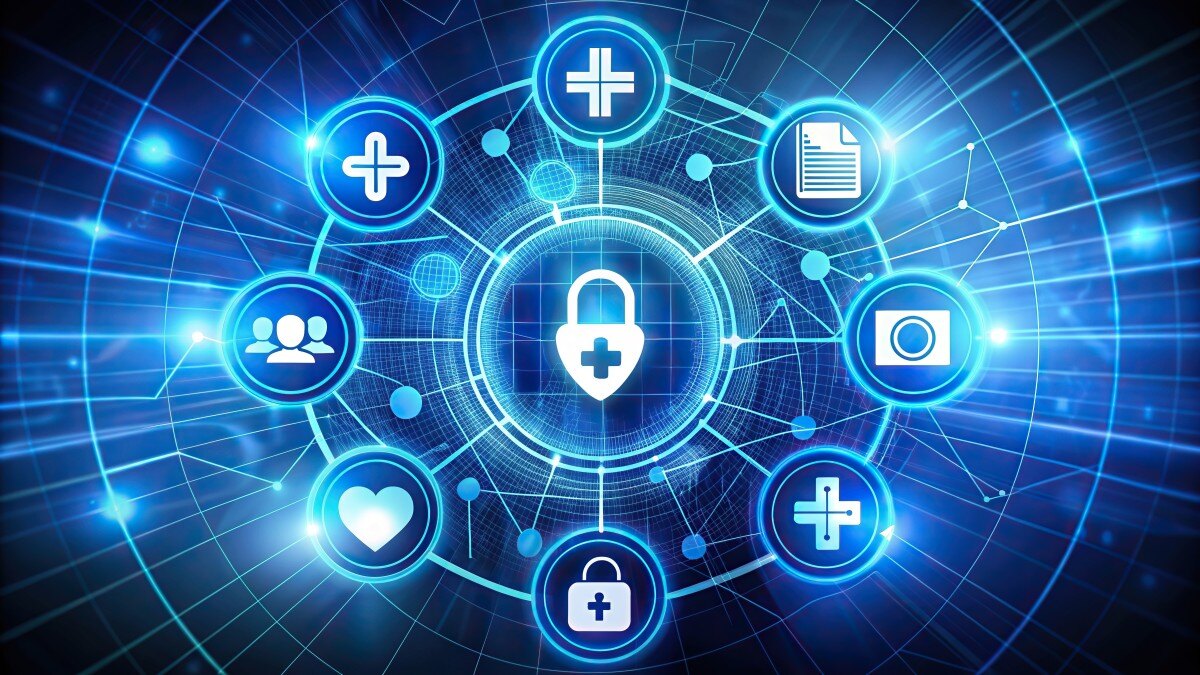
Most healthcare practices wouldn’t dream of forgoing malpractice insurance. It’s a necessity to keep a practice safe. And yet, many practices take a...
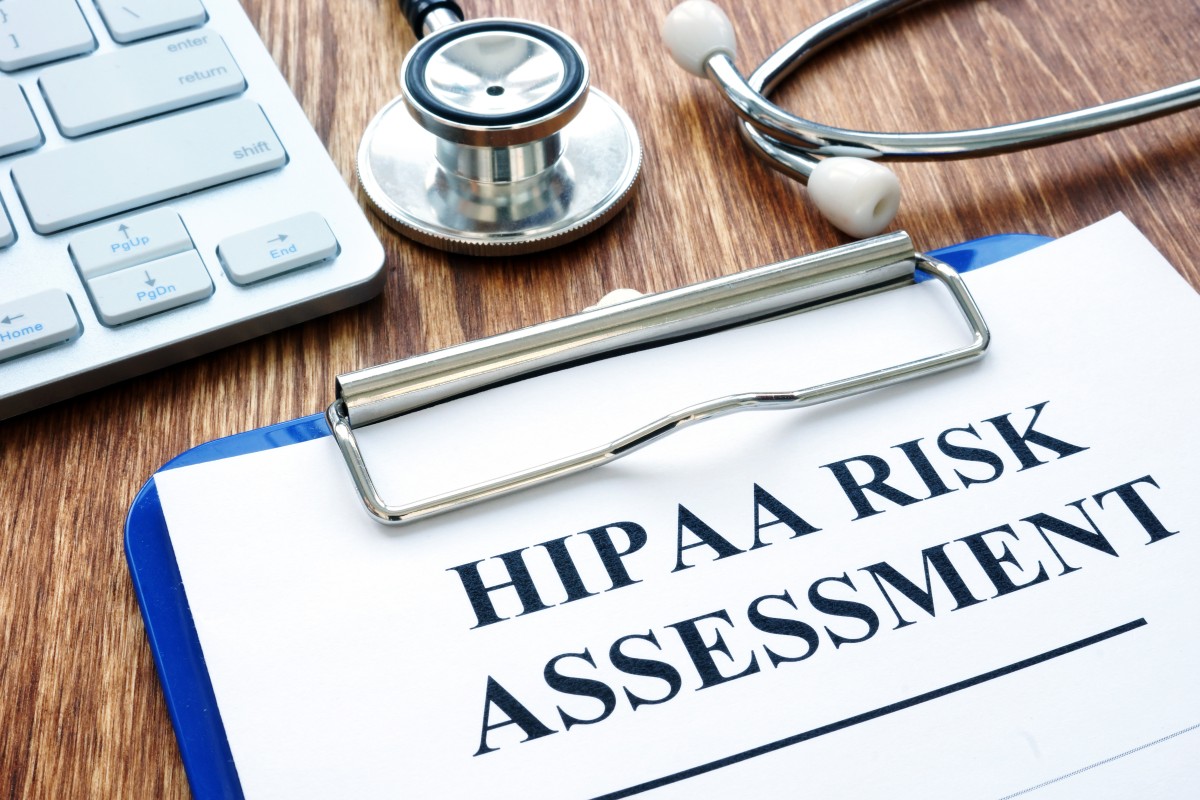
There’s an old adage that states “What you don’t know can’t hurt you.” While that might be true in quite a few circumstances, it certainly doesn’t...

Email is one of the most widely used communication tools in healthcare. From coordinating patient care to handling billing and insurance verification...